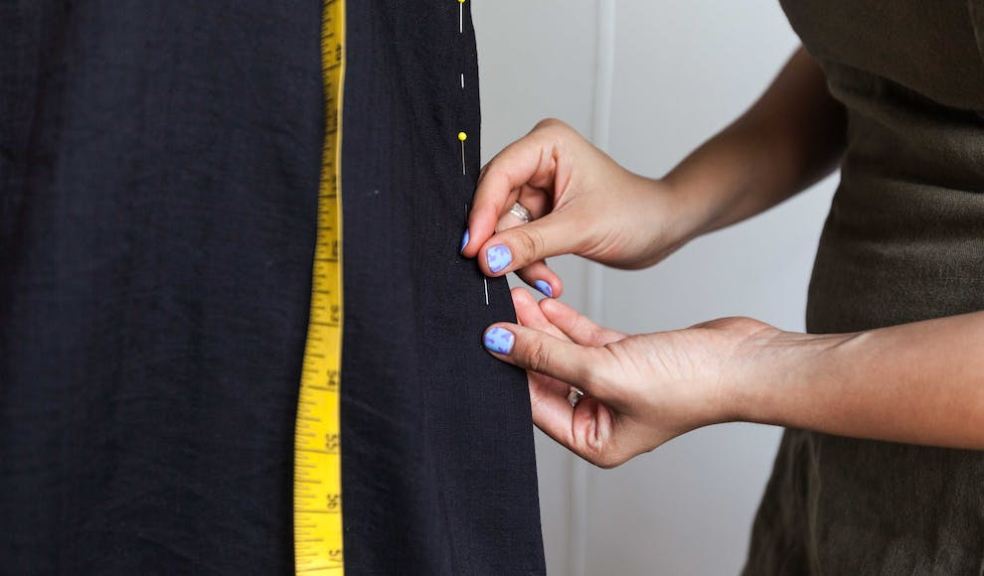
How to Choose the Right Fabric for Your Next Dressmaking Project
Embarking on a dressmaking project can be an exciting and fulfilling undertaking, but the choice of the right fabric is a pivotal step that can significantly impact the outcome of your creation. The fabric you select not only influences the aesthetic appeal of the garment but also affects its comfort, durability, and overall functionality.
This guide looks at the key factors you should consider when selecting the right fabric for your next dressmaking project.
- Understand Your Project
Before delving into the extensive world of fabrics, take a moment to comprehend the nature of your dressmaking project. Is it a flowing evening gown, a structured business dress, or a casual summer frock? The intended use and style of the garment will guide your fabric choices.
For formal or structured dresses, consider fabrics like silk, satin, or taffeta, which offer a luxurious drape and sheen. For casual wear, lightweight cotton, linen, or jersey fabrics may be more suitable, providing comfort and breathability. To source the best fabric for your project, you should go to a haberdashery such as reallymaria.com.
- Consider the Fabric Weight
Fabric weight plays a crucial role in determining the suitability of a material for a particular project. Lightweight fabrics like chiffon and organza are ideal for flowy and airy garments, while heavyweight fabrics such as wool or denim are better suited for structured or winter-appropriate designs.
Consider the season in which the garment will be worn. Lighter fabrics are perfect for summer dresses, while heavier options provide warmth in colder months. Balance the weight with the style and purpose of your dress to achieve the desired look and functionality.
- Look at the Fibre Content
Understanding the fibre content of a fabric is essential for making informed decisions about its comfort, care, and durability. Common natural fibres include cotton, linen, silk, and wool, each with their own unique properties. Synthetic fibres such as polyester and nylon offer durability and wrinkle resistance but may lack breathability.
Blends, combining different fibres, can offer the best of both worlds. For instance, a cotton-silk blend can provide the softness of cotton with the luxurious sheen of silk. Consider your priorities, whether they be comfort, breathability, or ease of care, and choose the fibre content accordingly.
- Think About the Print and Pattern
The print or pattern of a fabric can significantly impact the overall aesthetics of your dress. Solid colours are versatile and classic, while prints and patterns add personality and style. Pay attention to the scale of the print in relation to the size of the garment and consider how it will complement the design.
Stripes and plaids can be challenging to match at the seams, so be mindful of pattern placement when cutting your fabric. Experiment with different prints to achieve the desired visual effect for your dressmaking project.
- Think About the Texture and Finish
The texture and finish of a fabric contribute to its tactile appeal and visual interest. Experimenting with textures can add depth and dimension to your garment. Fabrics with a subtle texture, like jacquard or brocade, can elevate a simple design, while smooth finishes like satin or charmeuse exude elegance.
Consider the feel of the fabric against the skin, especially for garments worn close to the body. Soft and breathable fabrics like jersey or cotton blends are comfortable choices for everyday wear.











